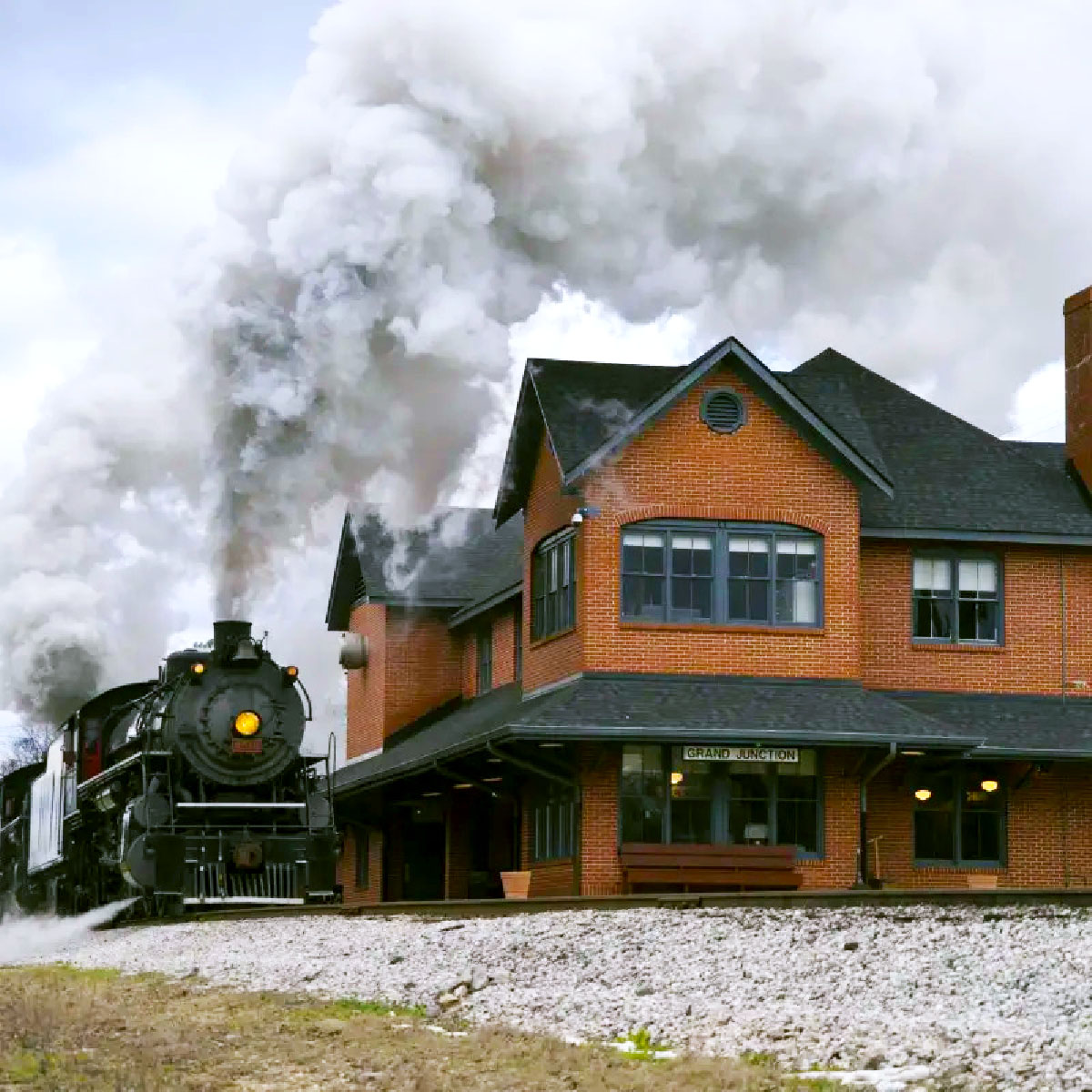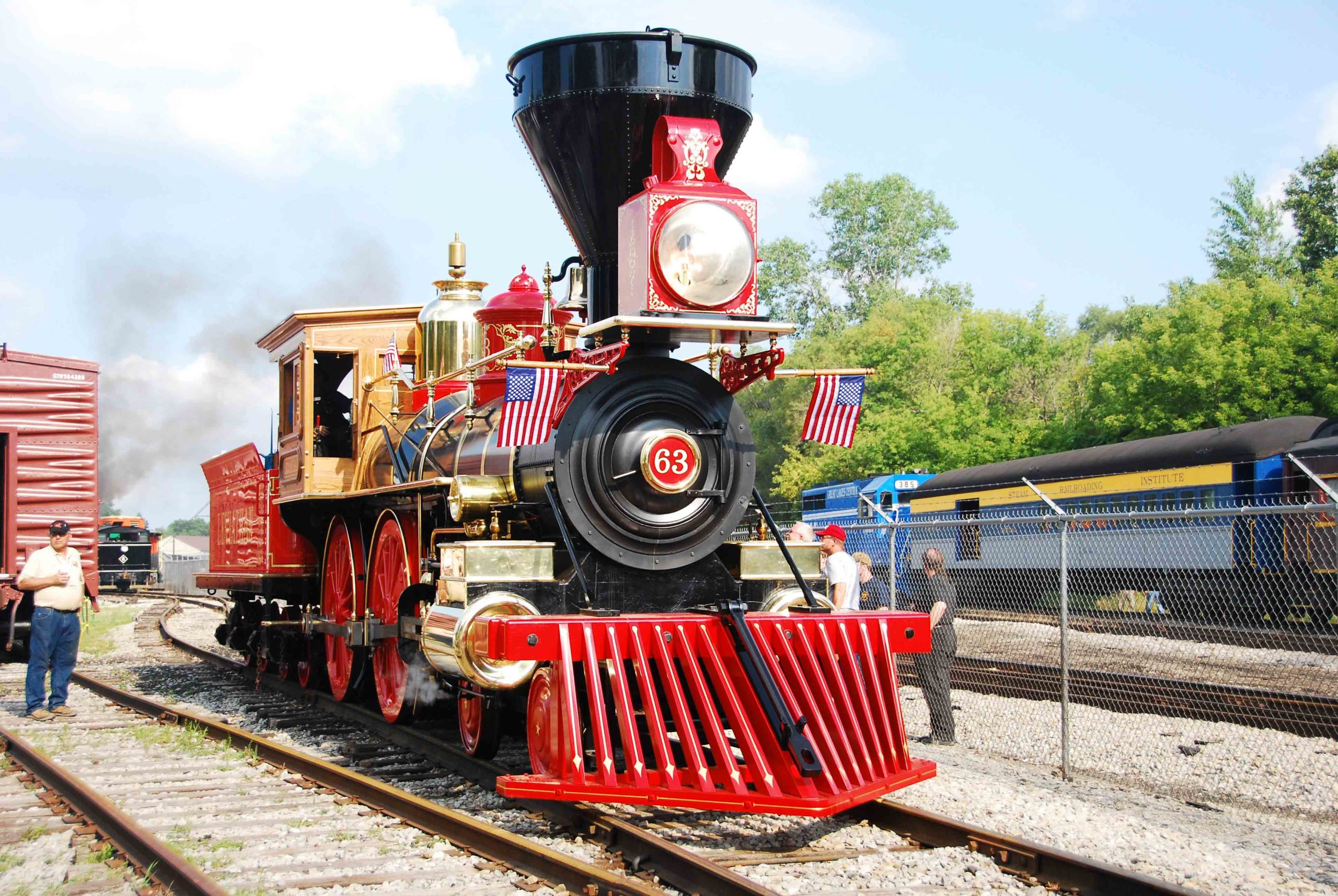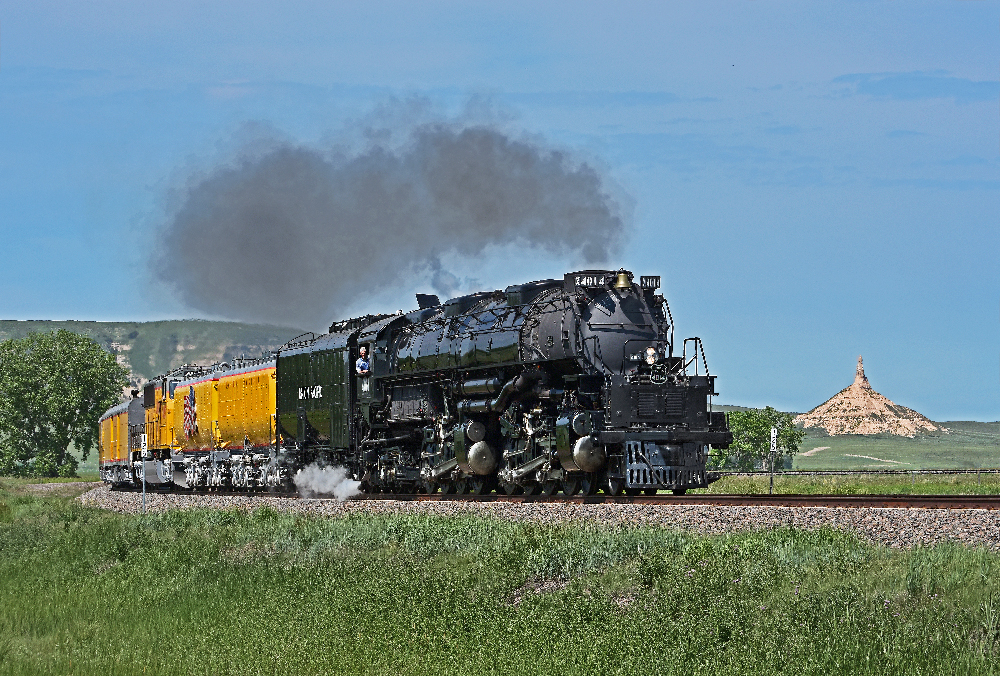Go to page 2
The second component of car hire is the mileage payment. Each car has an assigned mileage rate, which is multiplied by the number of miles it runs over other carriers to determine payments. Railroad-owned cars (whose reporting marks are railroad initials) are subject to both per diem and mileage payments for the entire time they are on another railroad, regardless of whether the car is loaded or empty.
The amount of the payments recently went through a radical transition. Previously, hourly per diem rates were fixed under a formula prescribed by the Interstate Commerce Commission, and were based on a car’s purchase price, age, and number of active service days. The rates were determined to reflect a fair return on investment for the car owner. As a car aged, its rate decreased about 3 percent a year. Hourly rates generally ranged from 15 cents to more than $1 an hour. Throughout the 1990s, however, car hire on much of North America’s railroad-owned car fleet was gradually “deprescribed.” Now the rates for most cars are set through negotiations between the car owner and the other railroads it traverses.
Private cars historically accrued only mileage payments and only while loaded. The railroads paid a “mileage allowance” to compensate the car owner or shipper for supplying the equipment. Now, many freight rates specify that private cars be “mileage-free.” This lowers the rate for the customer and simplifies accounting. An exception is the TTX Co. fleet (cars such as RBOX, GONX, etc.) which, even though their reporting marks end in “X,” are treated like railroad-owned cars and are subject to both time and mileage payments.
There may even be a third financial transaction involving the car. Many freight cars that carry railroad reporting marks are actually leased from companies such as GE Rail Services, First Union, etc. Usually, three types of leases are possible. Under a per diem lease, the car is generally “free on line” to the lessee, meaning the car leasing company only makes money off the car once it is loaded, moves off the leasing railroad, and starts generating car hire while on other roads. This type of lease can benefit a short line that needs cars but cannot afford a lease payment, or a car leasing company with excess cars or one that wants to put a railroad reporting mark on its cars to generate per diem earnings.
Another type of lease is the operating lease, wherein the lessee pays a monthly charge for use of the car. Two variations are possible. One type is a net lease (or “triple net lease”), under which the lessee is responsible for expenses such as running repairs, taxes, and insurance. Full service leases, the other type, are more costly, since the responsibility for repairs and administrative expenses remains with the leasing company. On a monthly basis, operating leases are more expensive than purchasing a car outright. However, when the need for a car may extend for only a few years, this might be the way to go.
The longest term lease is the finance lease. These leases can run for many years and approach the time frame of financing had the car been purchased. The decision to lease instead of purchase often hinges on tax considerations. When a railroad needs to raise cash, it might do a “sale and lease back” of equipment it owns and then enter into one of the above lease arrangements.
So, the next time you see an idle car at a warehouse, think of the financial activity going on behind the scenes, which has created its own sub-industry within railroading.
BRIAN BUCHANAN lives in suburban Chicago and has worked full time for several Midwestern railroads since 1981 in car management, transportation, and marketing. This is his third TRAINS story.













